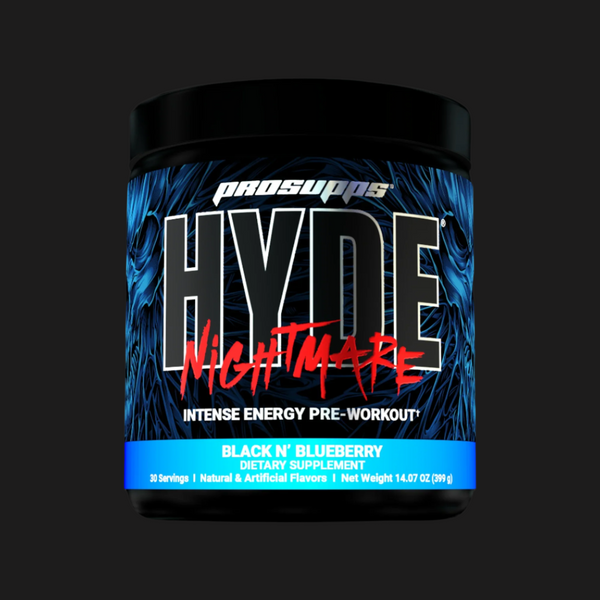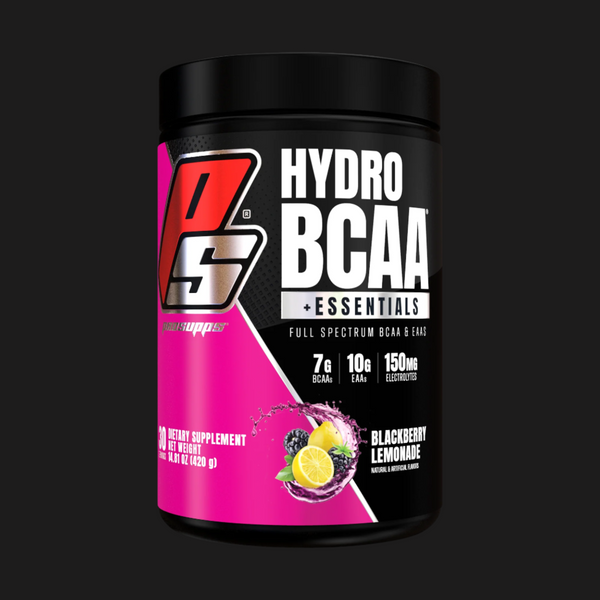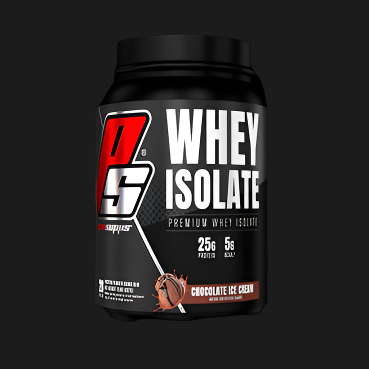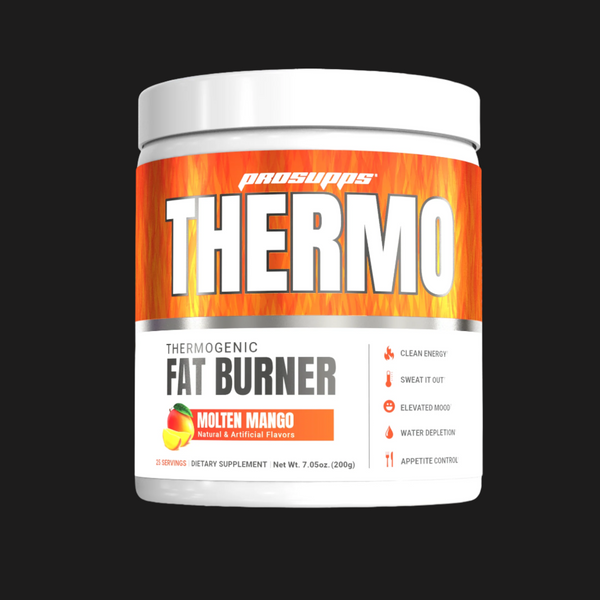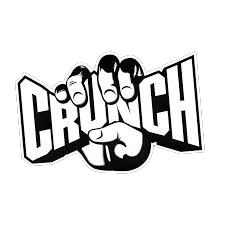
Bulk UP: 5 Tips for Muscle Growth
 Written by Guy Gustafson
Written by Guy Gustafson June 05, 2019
You train hard, but muscle growth takes time—and the right strategy.
In the name of shortcuts, new bodybuilders can make the rookie mistake of ditching whole foods for unhealthy eats when they want to build bulk.
While downing countless protein shakes or switching to a steady diet of burgers, fries, and other fatty foods might make you bigger, it can also drain your energy and put you at risk for muscle fatigue and other, more serious health problems.
Whether you're trying to bulk up for competition or peak performance, we have 5 tips for packing on muscle and bulk the healthy way.
1. Do: Up your protein and calorie intake
Don't: Reach for fatty foods
Bulking up means upping your protein and calorie intake—but you have to do it the right way, says bodybuilder Ryan Terry, a runner—up in the 2017 Olympia Men's Physique competition.
"There are two types of bulking—dirty and clean. I would always suggest a clean bulk," Terry told The London Telegraph.. "It is a harder and slower process, but the results are a lot better and you feel more healthy."
For Terry, "clean" foods include a healthy mix of complex carbohydrates, essential fats, and organic protein.
According to the National Institutes for Health, the average American needs about 0.36 grams of protein per pound of bodyweight per day. Depending on your body and individual needs, you can increase that to between 1 and 1.5 grams of protein per pound per day in order to put on and maintain muscle mass.
Another good rule of thumb is to consume about 30-35% of your daily calories in the form of protein, so you can take advantage of protein synthesis and bulk up. Include extra protein in your diet from clean sources, including whey powder, which is metabolized quickly by the body.
When you're on the go and ready to hit the gym, a shake with 20 to 30 grams of protein is more than enough to fuel your workout and help you minimize muscle soreness once you're done shredding leg day. If you consume more, you likely won't harm your body, but your body won't be any more effective at synthesizing protein, either. (More protein doesn't always equal more muscle mass!)
Finally, don't give yourself permission to reach for fatty foods more often just because you're trying to build mass, says Terry.
Not only will a "dirty bulk" add stubborn fat that takes more time to burn when you cut, but it also causes bigger problems down the line, like losing muscle mass or straining your cardiovascular system.
You're better off sticking to sources of healthy fats, like eggs, olive oil, and avocados, to help you stay balanced as you bulk.
2. Do: Master pre- and post-workout nutrition
Don't: Over-think your anabolic window
Bulking up requires meticulous attention to detail, including the timing of your meals and the amount of protein you eat in each sitting.
If you're training hard, the body metabolizes about 30 grams of protein per sitting effectively. When you increase your overall protein intake to gain muscle mass, you'll also need to eat multiple high-protein meals per day. Spreading out your protein intake gives your body time to absorb and process all that fuel, converting the strength work you do into bigger, meaner muscles.
Timing those meals the correct way is crucial to bulking up. When bodybuilders train hard, they lose energy quickly as their muscles burn through energy stores. If you're training on an empty stomach (in the morning, for example), it's especially important to eat protein within an hour after your workout.
Bodybuilders like to obsess over this 30 to 45-minute window after a workout. But, ultimately, thinking about when and how you're consuming protein—including how much—is more critical than trying to hit an imaginary anabolic window after a workout says, nutrition expert Dr. Krissy Kendall.
"Rather than focusing on this imaginary window of special growth, plan your meals so that you consume 25-30 grams of protein every few hours, and consume adequate amounts of carbs throughout the day to keep your energy levels high in the gym," suggests Kendall at Bodybuilding.com.
To maximize muscle growth and replenish all the amino acids you torched during your workout, eating enough protein—and other healthy calories—throughout the day is crucial. Plan strategically, and you'll give your body enough energy to work hard, build muscle, and reduce soreness, so you can hit the gym even harder tomorrow.
3. Do: Hit compound lifts hard
Don't: Get stuck in a rut
Compound lifts—like the bench press, deadlift, and squats—are still the most effective exercises for building muscle mass quickly. They target multiple muscle groups at once, which means they'll help you lift heavier weights, stimulate muscle growth hormones, and—you guessed it—bulk up.
Building to progressive overload makes for such a challenging workout. So focus on one or two muscle groups each time you hit the gym. Compound exercises that alternately target your lower and upper body will give you enough time to recover between workouts—and recovery time matters when you're working to hypertrophy to bulk up.
Whenever you hit the target max of your desired rep range, increase your load by 10% during your next workout, or incorporate a different form of progressive overload that works for you. If you don't continue to push your body to hypertrophy every time you're in the gym, you won't see the gains in muscle you're looking for—and you won't put on the bulk you need to compete or perform at your best.
4. Do: Focus on diet as a way to burn fat
Don't: Overdo cardio to make up for consuming more calories
Burning fat is just as crucial to the process as building muscle mass—but it's important to burn fat the right way, too. Bodybuilders need to retain muscle mass and strength to be at peak performance, which means they're picky about exercises that could potentially cause them to lose muscle just for the sake of more definition.
And it's true—spending too much time on the treadmill or hanging with your CrossFit buds will make it harder for you to build and retain muscle mass, says certified strength coach Ebenezer Samuel.
"People who want to build muscle try going heavy in HIIT classes, but their form falls apart," Samuel explains at Men's Health. "Shoulder presses become push presses and jerks, and biceps curls become swings. All exercises become less about stressing a muscle and more about transferring momentum, because that's the mechanic that the body defaults to when fatigue sets in."
An aggressive bodybuilding or weight-lifting routine is already a great way to burn fat, and will likely provide your body some of the positive effects of light cardio, too. Ditch wholesale cardio and HIIT routines until it's time to cut for optimal definition. If you've mastered your macronutrients—carefully balancing protein, healthy fats, and complex carbs—you should see a big difference in your body composition as you bulk.
5. Do: Build in time for recovery
Don't: Rush your sets or double down on training
Two types of recovery are crucial for putting on bulk.
First, make sure you're resting for short periods between sets. Rest periods of between 2 and 3 minutes will allow your anabolic hormones—the hormones that promote muscle growth—to kick in, and help you reach hypertrophy more effectively.
In fact, one 2016 study found that 3-minute rest periods were especially helpful in improving the performance of weight training athletes across the board—including areas like muscle growth, strength, and endurance.
Your body also needs downtime between workouts to refuel. Without rest periods, your muscle groups will have more difficulty bouncing back, and all the fatigue could make you more prone to injury, too.
That's why it's so important to hit specific muscle groups on specific days—and to fuel your body with the right nutrition to promote faster recovery.
GET LEAN
 Why You're Struggling
Can't Lean Out? Here's Why You're Struggling
Why You're Struggling
Can't Lean Out? Here's Why You're Struggling
We all know the feeling. You’ve been working hard in the gym, sticking to your diet and getting in your...
 Weight Loss
Choosing the Best Protein Powder for Weight Loss
Weight Loss
Choosing the Best Protein Powder for Weight Loss
Struggling to shed body fat and lean out? You might need to focus more on your nutrition, specifically your protein...
 Weight Loss
9 Ways to Speed Up Your Weight Loss and Burn More Fat
Weight Loss
9 Ways to Speed Up Your Weight Loss and Burn More Fat
Weight loss is a major goal for more than 40 percent of Americans. Is it something you’re working toward, too?
 Workout Routine
10 Tips for Building a Sustainable Workout Routine
Workout Routine
10 Tips for Building a Sustainable Workout Routine
Starting a fitness journey is an exciting time, but maintaining a sustainable workout routine can be challenging. From setting realistic...





